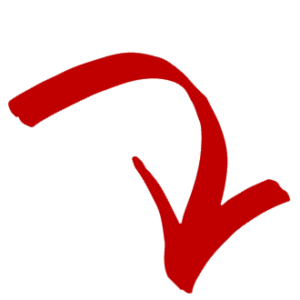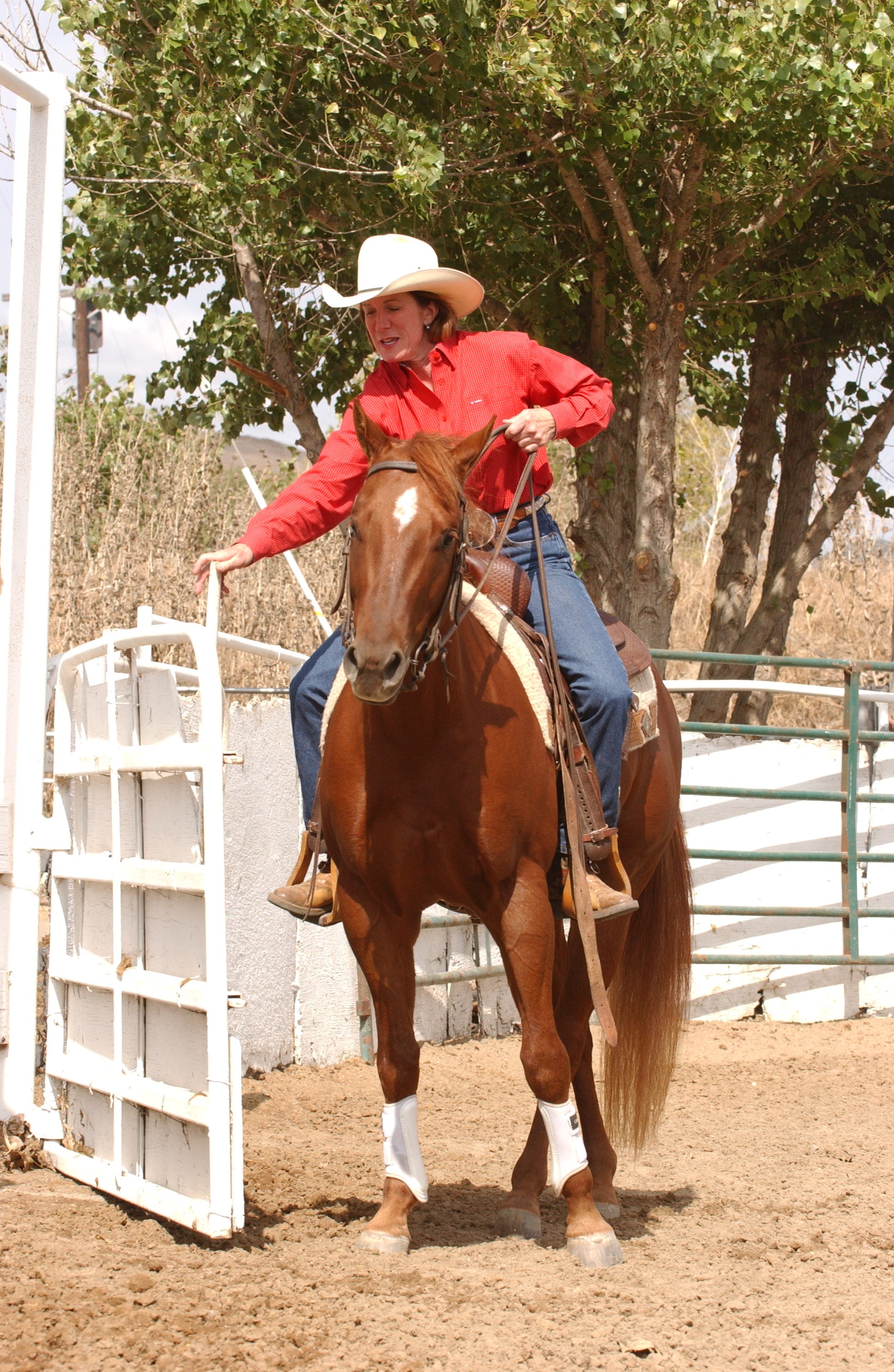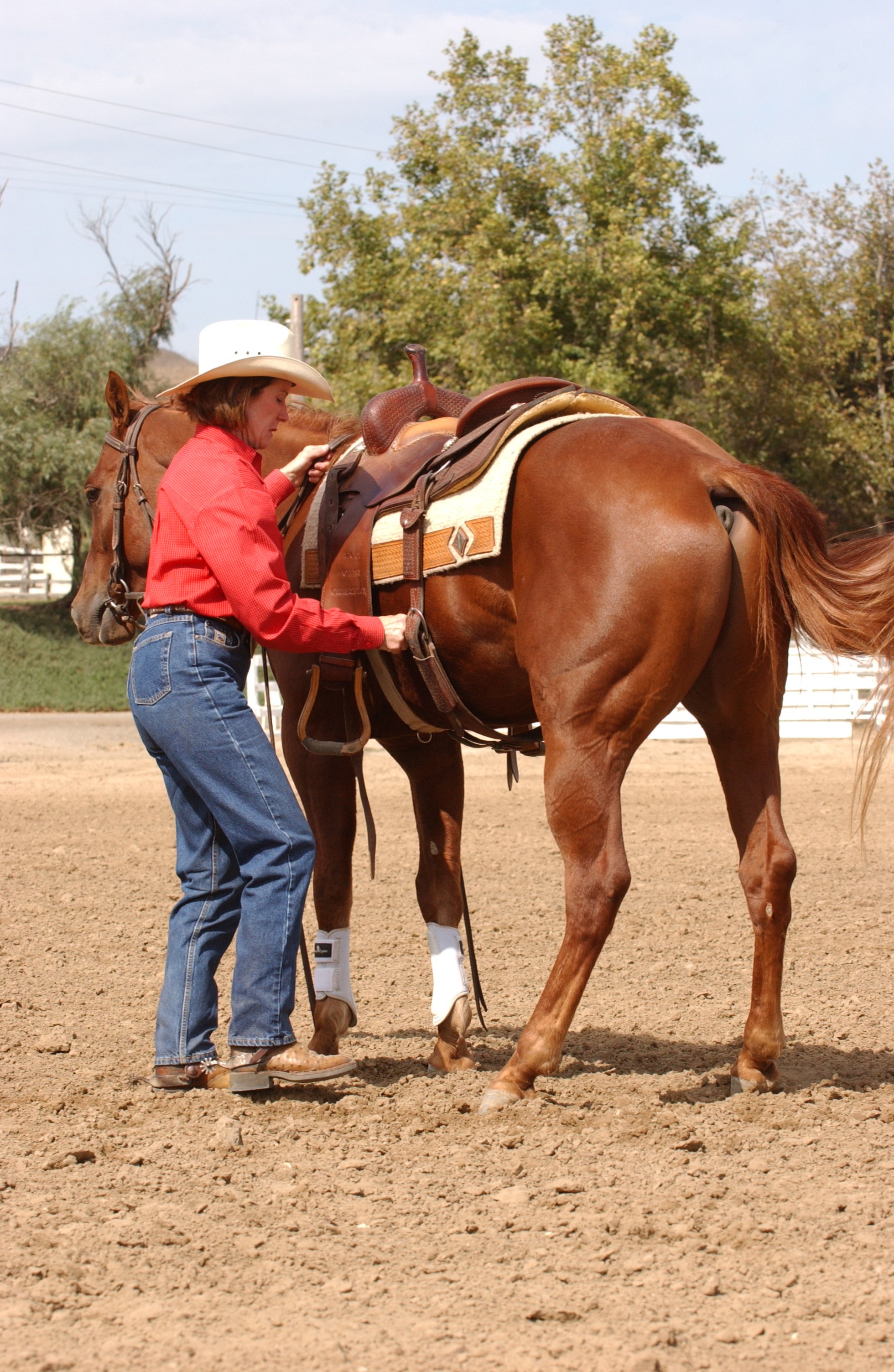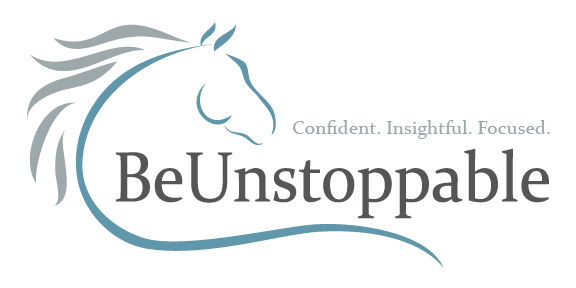In an earlier article I shared 4 tips for Riding Smarter Not Harder. Now here’s 3 more!
- Be a contrarian. This goes along with training every moment. If your horse is wanting to do one thing, make him do the opposite. Is he leaning in one direction? Make him go the opposite way. Is he amped up and wanting to lope? Make him stand still for a moment. Does he want to stand? Make him lope. Is he eager to be at the front of the line? Put him in the back. Don’t let him train you, either. If he’s a spook, don’t forsake trail rides—go on lots of them and get him exposed to all those frightening things. Don’t make excuses for him. By being a contrarian instead, and insisting he do what you want rather than what he wants, you’re continuously reinforcing that you are the boss, not he. Horses crave leadership, and if you don’t provide it, they will.
- Train both sides. Whether you know it or not, you own two horses, a right horse and a left horse, and they both need to be trained (thank goodness they both don’t have to be fed too!). Never assume something you’ve taught your horse to do using one side of his body will translate to the other; it won’t. You must train both sides individually. If he can shut a gate working off your left leg, also teach him to do it off your right. Each side will likely require slightly different approaches because most horses are a little stiff (resistant to bending) to the left and hollow (bend excessively) to the right.
Ultimately, you’ll spend about the same amount of time working your horse to each side, striving to make his stiff side more flexible, and his hollow side a little straighter.
- Be precise. A horse’s brain is like your website browser. If you enter a command that’s just one letter off, the computer won’t recognize it, and you’ll end up at a completely different website. Similarly, if you want optimal performance from your horse, you must ask for a movement exactly the same way each time. Sometimes we get frustrated with a horse that’s not responding correctly. We think, “You dummy—you did it fine yesterday.” But our horse is thinking, “Yes, but I’m confused now, because I don’t recognize this cue….” A fully trained horse is often able to fill in for a miscue, but while he’s still learning, the more precise and correct you can be, the faster and more reliably he’ll learn. Good stuff in, good stuff out.
True story: A fellow came out to my place to try a seasoned, successful show horse, the kind that takes good care of his rider. The guy’s comment after riding him was that it was like playing pool on a table with huge pockets that just funnel the ball in. When a horse is well broke, you should be able to kind of “aim him” at the maneuver, and the ball should go in the hole, so to speak. But until a horse is very solid, you must be very precise.
LET US KNOW YOUR THOUGHTS 



Thank you for your sharing. I am worried that I lack creative ideas. It is your article that makes me full of hope. Thank you. But, I have a question, can you help me?
Your article helped me a lot, is there any more related content? Thanks!
Thanks for sharing. I read many of your blog posts, cool, your blog is very good.
Love it… I am going to start training more this way. On the trail, my horse freaks out if he can’t see other horses. Have anything for that?
Hi Sandy! Once again your ability to explain the way to understand how to
“Speak” horse makes so much sense. Being contrary…..I can do that! I so enjoy both you and Barbara’s help, guidance and wisdom. Thank you both so much for being unstoppable. Blessings to you both. Hope to see you soon.
Great advice, love reading and listening to your videos. Will you ever be coming close to Alabama? Wishful thinking!! Thank you Barbara!